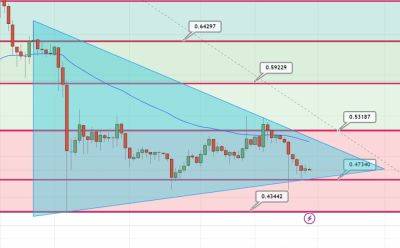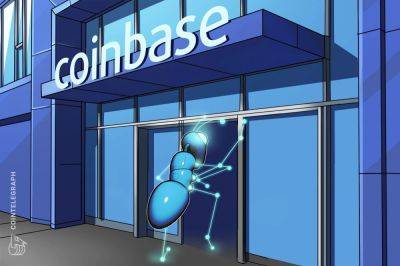Wrapped Crypto Tokens, Explained
Tokens are wrapped to make them usable on a different blockchain or in a particular environment to which they are not native.
A wrapped token is a sort of cryptocurrency or digital asset that is backed by another coin or asset, often one that is native to a particular blockchain or network, or that is “wrapped” by it. But why are wrapped tokens important?
Wrapped tokens are especially beneficial for cross-chain interoperability and decentralized finance (DeFi) applications. They enable users to take advantage of the various features and services provided on several blockchains by allowing assets from one blockchain to be used easily on another.
Depending on the exact use case and architecture of the wrapping mechanism, wrapped tokens can represent a broad variety of assets, including cryptocurrencies, stablecoins and even nonfungible tokens (NFTs).
For instance, Wrapped Bitcoin (wBTC) is a well-known example on the Ethereum network. But what is Wrapped Bitcoin? WBTC represents Bitcoin (BTC) and enables users to communicate with Ethereum-based DeFi protocols and decentralized exchanges (DEXs) while preserving Bitcoin’s intrinsic value and characteristics.
When working with platforms for decentralized applications and DeFi that utilize many blockchains, wrapped tokens are very helpful.
Here’s how wrapped tokens work:
A specific amount of the native coin of one blockchain (such as Ethereum) is “locked” into a smart contract in order to generate a wrapped token. A decentralized autonomous organization (DAO) or a trusted entity usually keeps an eye on this locking procedure. To create wrapped tokens, the locked native coin is used as collateral.
After the original cryptocurrency is locked, a corresponding number of wrapped
Read more on cointelegraph.com
 cointelegraph.com
cointelegraph.com




















